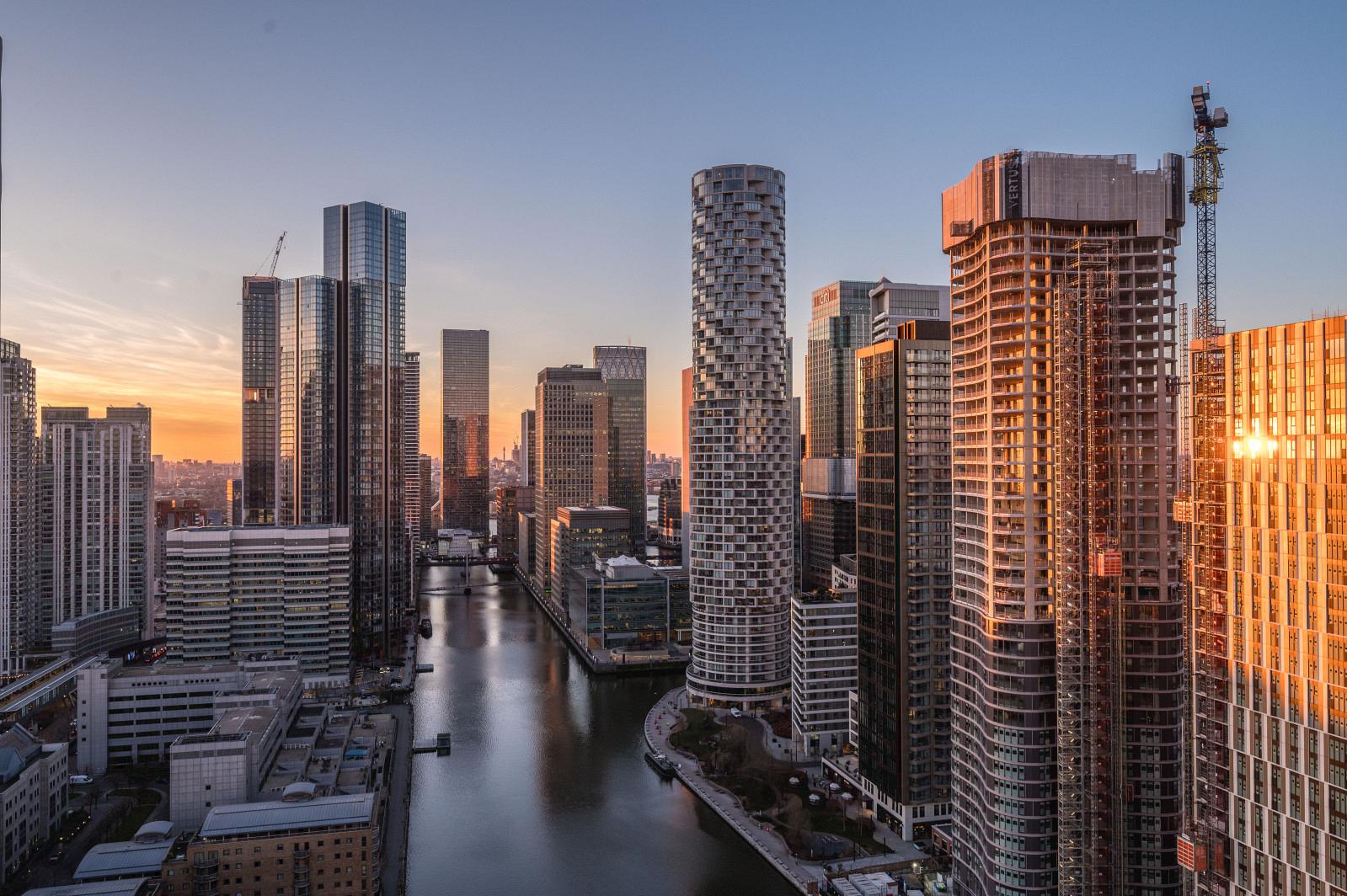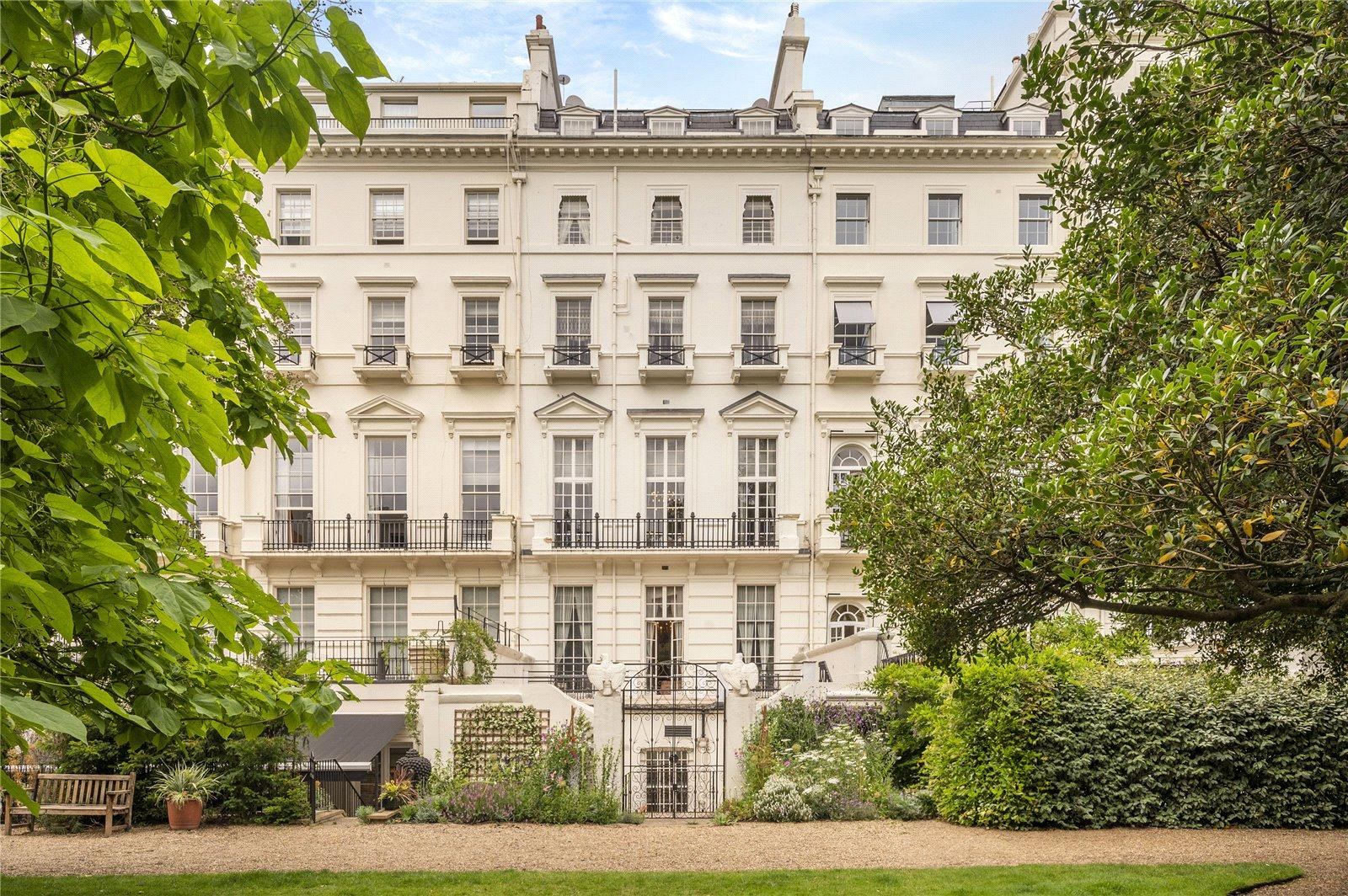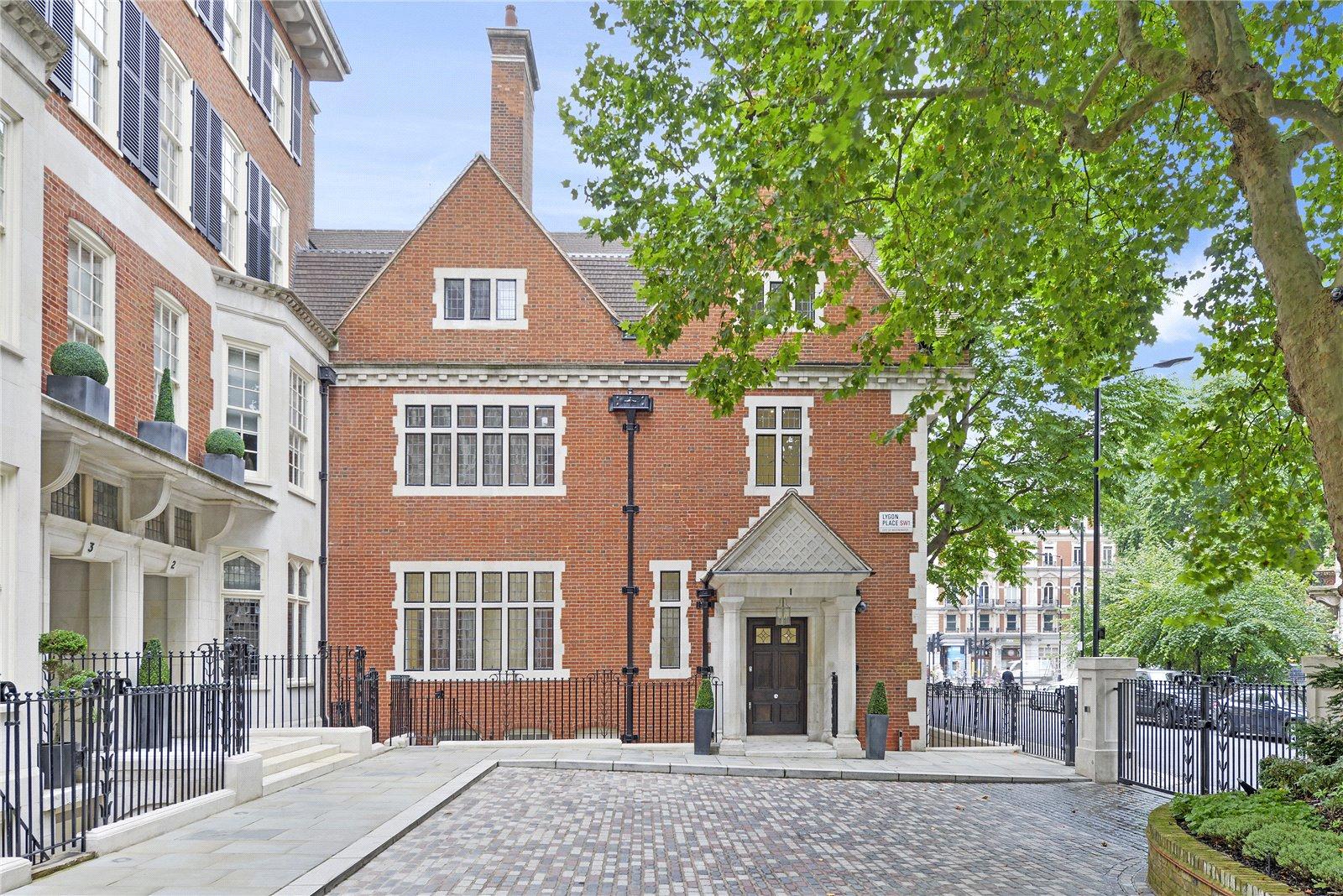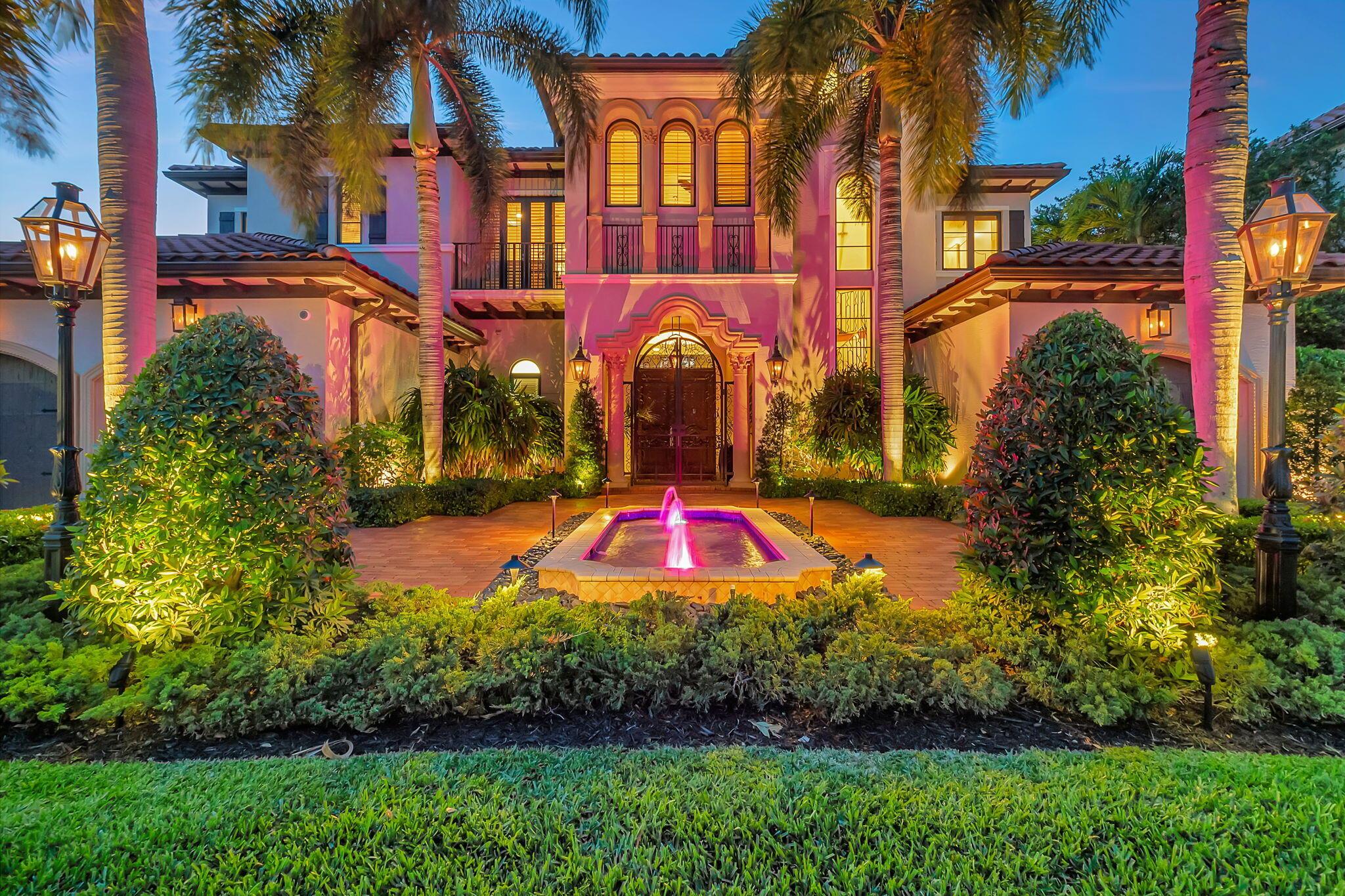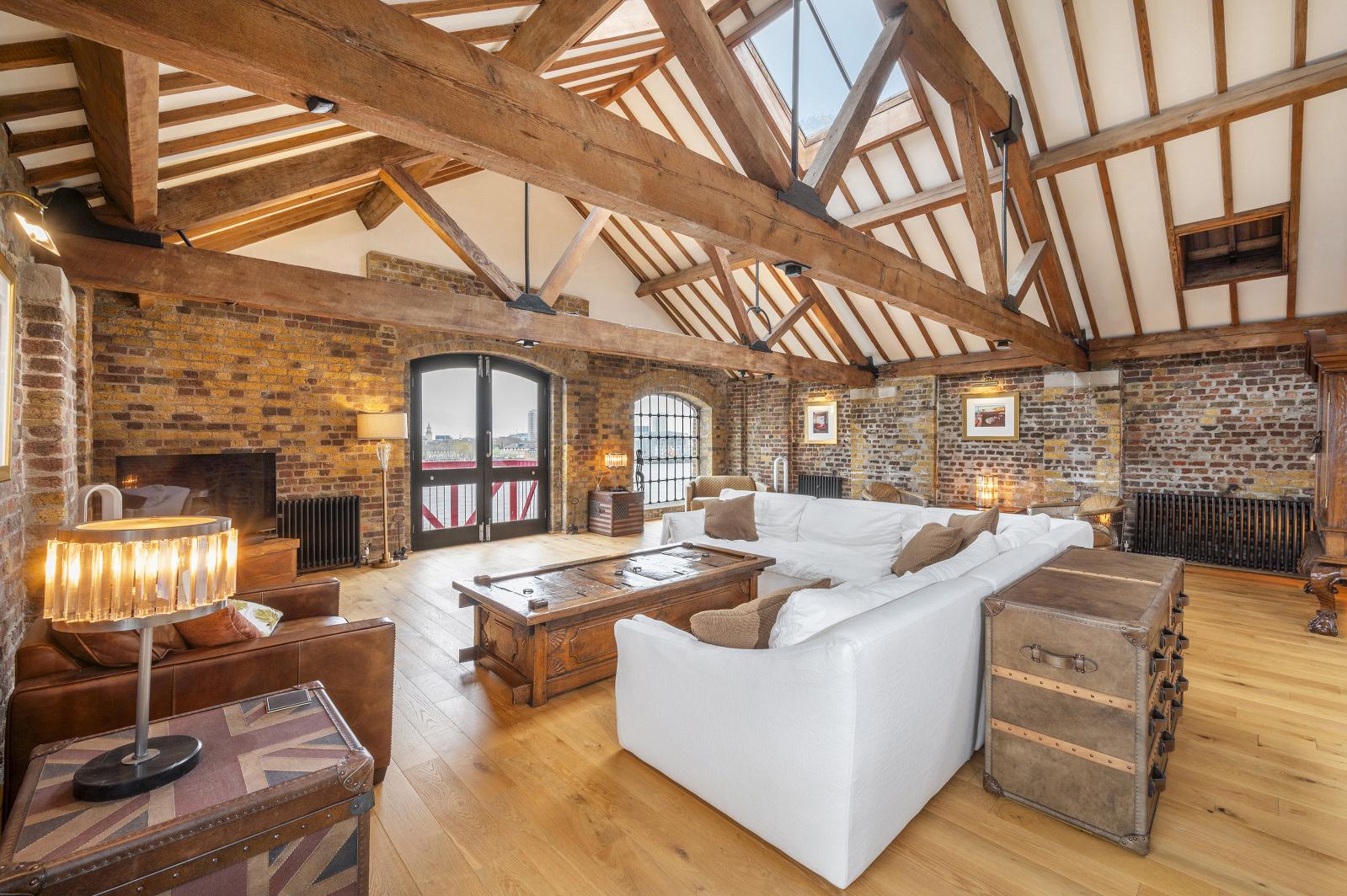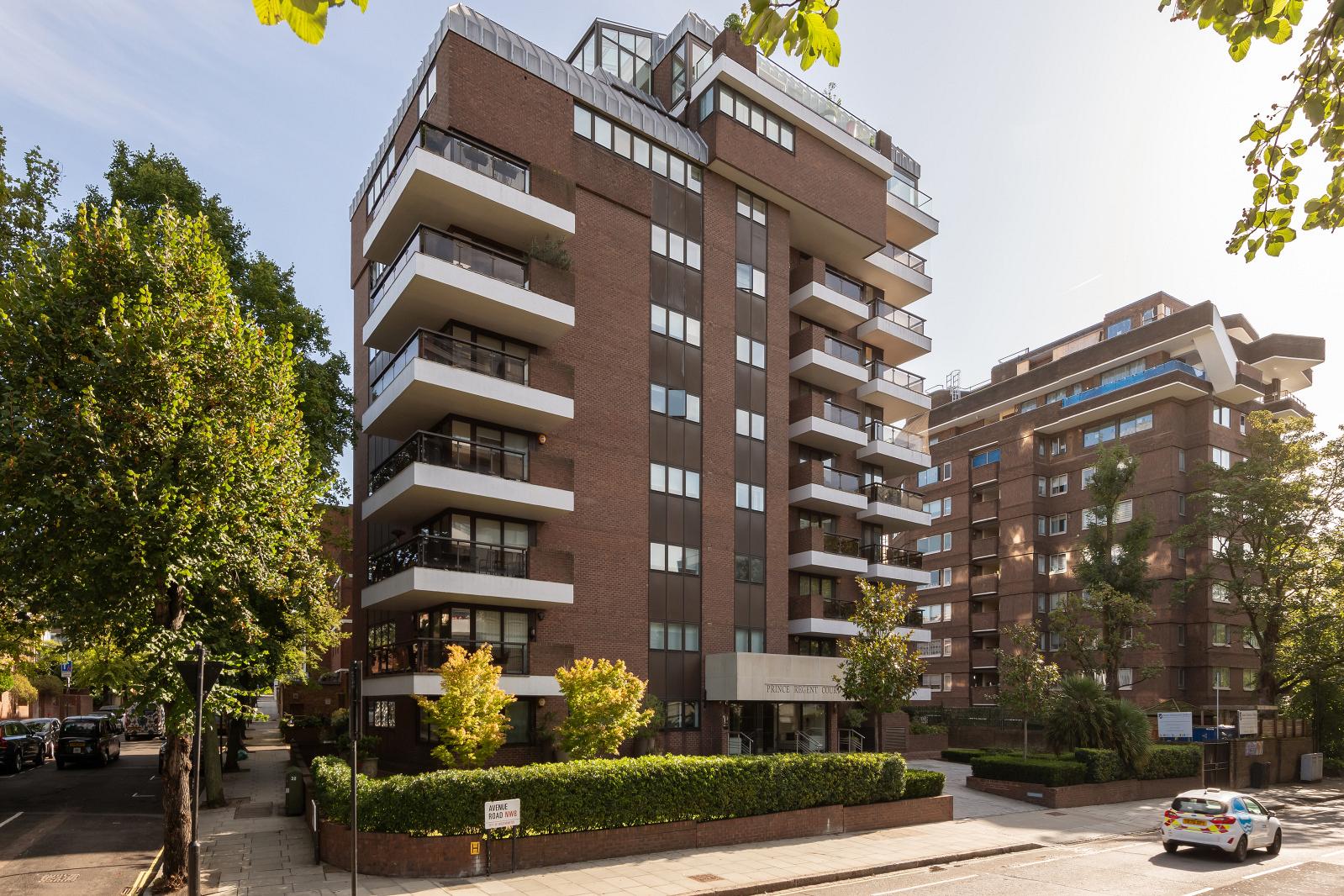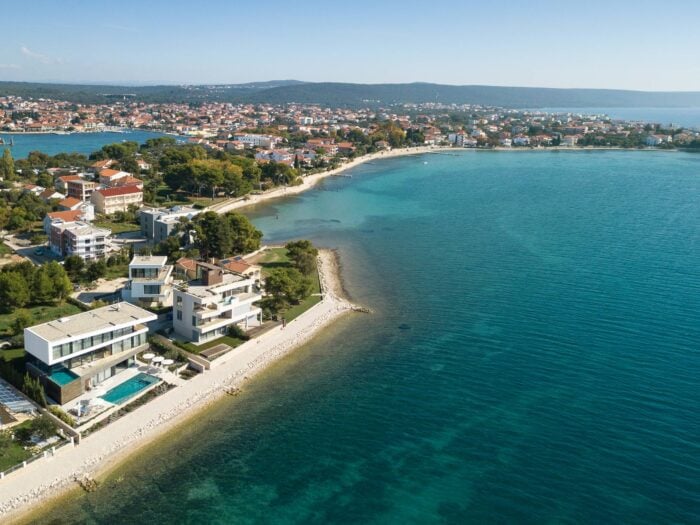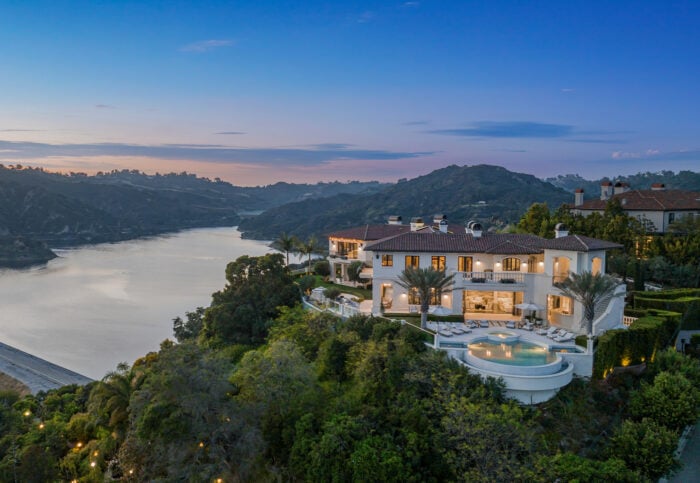This report is part of PERSPECTIVES, a comprehensive look into the world of prime residential real estate. Access the full report here to discover the latest trends and dynamics shaping the market.
Architect John Nash was tapped in 1827 to update King George IV’s London residence known as Buckingham House. He added two ornate wings to the building—going way over budget—and created a royal residence known the world over as Buckingham Palace.
About the same time, Nash built a stately villa in Regent’s Park, a leafy refuge north of London’s city center. The property last year sold for £113 million (about US $143 million), one of two transactions in London that ranked as the most expensive deals of 2023. Eclipsing that was the £138 million sale (about US $175 million) of a 25,000-square-foot mansion in the highly desirable Mayfair neighborhood.
London always attracts international money when it comes to premium real estate. Ultra-wealthy buyers turned out in 2023, shrugging off inflation, high interest rates and the British pound’s fall against the U.S. dollar.
Sales of homes priced at £15 million (US $18.9 million) and above increased 25% over 2022, according to Mansion Global. Fifty-four high-end deals accounted for £1.3 billion (about US $1.65 billion) last year.
Ultra-wealthy transactions aside, other sectors of the luxury market struggled, particularly homes priced at more than £3.75 million (about US $4.7 million) and less than £12.5 million (about US $15.8 million), the Wall Street Journal reported.
“2023 was a tough year,” says Rowland King, director of prime sales at Chestertons, one of London’s largest and oldest real estate firms. “There was a real disconnect between buyers’ expectations and sellers’ expectations.”
The ultra-prime market—Knightsbridge, Mayfair and Belgravia, the most sought-after neighborhoods in central London—held up. The prime market, which includes central neighborhoods as well as luxury properties outside the urban core, saw an average discount of “just over 10%” to get sales moving, King says.
The estate agent has been selling homes in London’s toniest markets for more than two decades. He chalks up the doldrums to the nature of the transactions, which are very discretionary.
“Most buyers don’t need to buy a second, third or 10th home,” King says. “Sellers don’t need to sell because they’re cash-rich.”
Britain’s real estate market has been shaken by a number of events in the last decade: a 2014 luxury tax imposed on high-end transactions, the exit from the European Union and the global Covid pandemic in 2020 and 2021.
But nothing affected the market more than the British pound dropping in value against the dollar, falling 3.75% in September.
“The dollar-motivated buyer is incredibly influential in our market,” King says.
Consumer Price Index (CPI) inflation data released in mid-November has led to a shift in economic predictions. “Given the sharp shift in sentiment since the October CPI inflation figures were announced in mid-November and the subsequent fall in mortgage and swap rates, many, if not most, commentators are cautiously calling the bottom of the market,” he says. “Certainly there seems to be a lot to be positive about when looking at the data.”
“2024 really started for us in the last five weeks of 2023,” he adds, noting he saw £35 million (about US $44 million) in sales in that time period.
London’s prime property market plays in a global arena, with high-end investors in the last few years coming from India, Turkey, Qatar, the U.S. and Saudi Arabia. Covid increased demand for homes with more space and gardens to accommodate families.
Buyers seeking a lifestyle change after the pandemic now look for properties with resort-like amenities and enhanced security. Also, “our summers are getting hotter and so the demand for properties with air conditioning has increased exponentially,” King says.
Looking forward, King sees an important trend in the increase in high-value receiverships, or foreclosures, with a caveat. “It is important to note that these are largely a result of … bankruptcy, criminal investigations and sanctions” and not the heightened interest rate environment, he says.
Chestertons predicts 1.8% growth in home prices in prime central and greater London, largely driven by cash buyers. Factors such as stalled economic growth and an upcoming general election may lead to uncertainty.
Any optimism must be tempered with the knowledge that “the market will inevitably pause until we are certain what stance Labour is likely to take” regarding property and taxes, King says.
He sees the British pound as a key factor.
“Depending on the performance of sterling, which rallied in 2023, we are likely to see a continued resilience in the prime/super-prime markets,” King says. “London is London, and it just seems to be resilient.”
